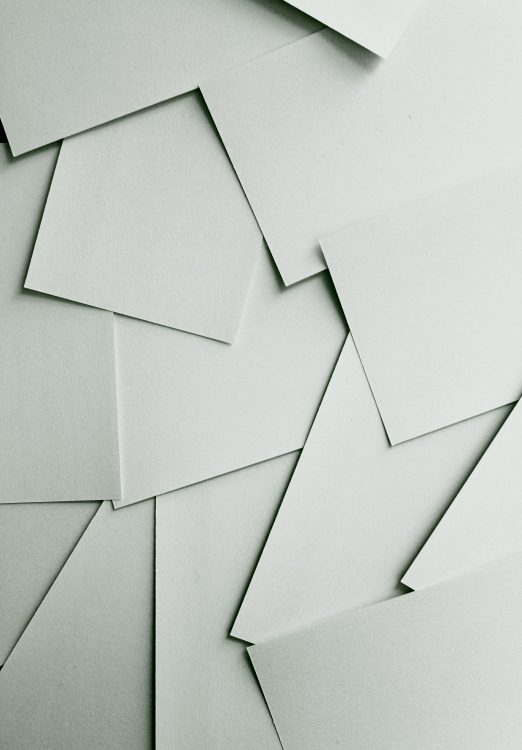What’s the best paper for your printing needs? [Infographic]

Jack Dorsey, a visionary tech entrepreneur
September 15, 2017
3 reasons why you can’t stop handwriting
September 21, 2017
DESIGNER
When you are working to tight timescales on behalf of your clients, paper quality is key.
A professional finish is imperative, but profit margins also need to be maximized.
High-quality double-sided printing is a particular challenge – how do you ensure quality results, while also allowing for high volume print runs which need to be completed quickly?
- Look for a paper with high-quality fibers that allow for good cutting quality.
- The surface properties of the paper should be suitable for high volume print jobs to eliminate the problem of ink runs for faster printing when working to tight deadlines.
- Color documents can use a paper with a weight of 120gsm.
- For handouts and promotional printing jobs an office card with a weight of 160gsm might be more suitable.
CONSULTANT
If you are working in a busy office with high volumes of office printing for internal use, economy is key.
However, you can’t economize to the extent that poor quality fibers are used – this can result in post-printing curl, excess printing waste, and even problems printing such as torn paper and blocked rollers.
- Choosing a good quality but lighter weight paper helps to balance the need for economy with the need for quality results – 75gsm to 80gsm should be fine for general office printing.
- Opt for an ecological alternative using recycled sources where possible: do your bit for the environment and enhance your company’s green credentials.
ENTREPRENEUR
If your challenge isn’t economies of scale but, rather, building a brand, you have the freedom to opt for a thicker, higher-quality paper.
- To make the best impression, aim for a paper that offers a high-quality tactile sensation – look for papers with special engineered smooth finishes.
- Good quality fibers and optimized stiffness will help to ensure efficient printing and eliminate post-printing curl – even for duplex printing jobs where both sides are printed.
- Most documents will be fine using 90gsm or 100gsm weight paper.
- For high-quality personalized printouts, business cards, invitations, and postcards, choose a 120gsm weight paper.
EDITOR
Printing a magazine run – even when segmented into different print runs tailored to different market segments – requires a high-volume approach to printing.
Economy is important – without the false economy of poor quality paper that can result in wastage, botched jobs, or poor-quality finishes.
The increased technological capabilities of the new digital presses are perfect for delivering labor savings and cost-efficient larger print runs.
Database-driven print runs using digital presses can deliver mass personalization of printed materials – even in larger runs that it wouldn’t have been possible to personalize previously.
- The ideal paper weight for a publication or magazine is 80gsm or 90gsm.
- For a thicker more tactile sensation, ideal for high-end sectors, opt instead for a 100gsm weight paper.
- Look for a paper with a finish that has been optimized for the new digital presses.




